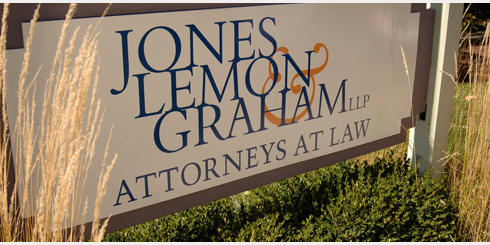Former associate’s continued representation of client imputed to associate’s former firm for statute of limitation purposes
by Christopher Graham and Joseph Kelly
Plaintiff was injured in a motorcycle accident in New York City in August 2004. Defendant law firm and attorney were retained in November 2004. Defendants filed suit on plaintiffs behalf in September 2006 against various companies and utilities, but not New York City.
On November 28, 2007, a new firm substituted in as counsel for plaintiff. A non-party associate from defendant firm took plaintiff’s case to the new firm. The non-party associate worked on the case until her returned to defendant law firm on November 12, 2008.
Summary judgment was granted to the defendants in the underlying case on December 5, 2008 because no defendants were liable; New York City was at fault. It was too late for plaintiff to file suit against New York City.
Plaintiff filed suit against defendants on November 30, 2011 alleging they were negligent in failing to name New York City as a defendant.
Defendants moved to dismiss based on New York’s three year statute of limitations for legal malpractice cases.
Plaintiff argued the limitations period began running on December 5, 2008 when summary judgment was granted in the underlying case. Defendants claimed that plaintiffs’ suit was untimely whether the limitations period began to run on November 28, 2007 when the substitution of counsel occurred or it began to run on November 12, 2008 when the non-party associate stopped working on the case.
The court explained that under the continuous representation doctrine, “[t]he statute of limitations does not begin to run when the malpractice occurs, where, after the malpractice, the attorney continues to represent the client in the matter in which the attorney committed the malpractice (citation omitted). The limitations period starts running when the attorney’s representation in the matter is completed.”
The court further explained that if an attorney leaves a defendant law firm and continues to work on a case, that attorney’s continued representation of the client will be imputed to the attorney’s former firm.
Here, the non-party associate’s continued representation of plaintiff was imputed to the defendant law firm under the continuous representation doctrine. The date that the non-party associate stopped representing plaintiff thus is the date the statute of limitations began to run.
The court denied defendants motion to dismiss because of questions of fact regarding when the non-party associate’s representation of client ended.
Category: Lawyers Malpractice Digest Comment »
